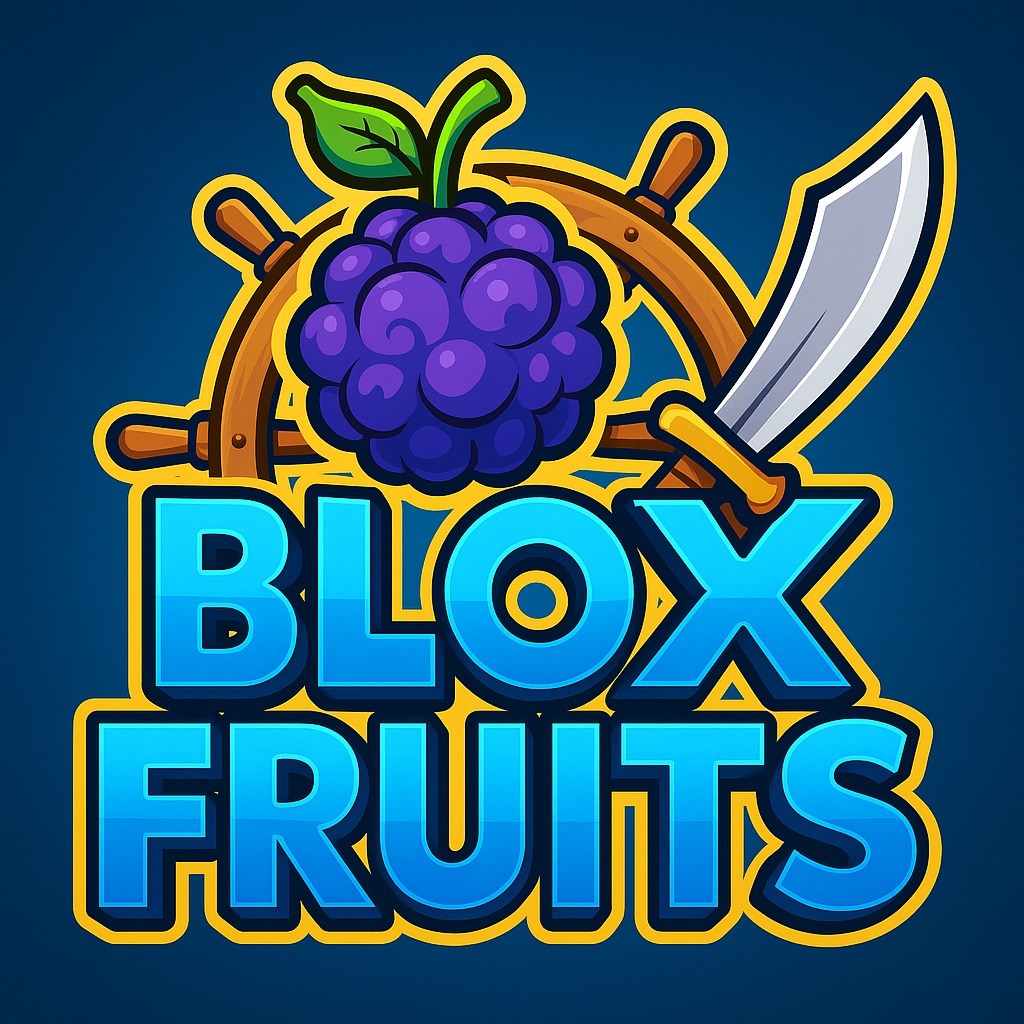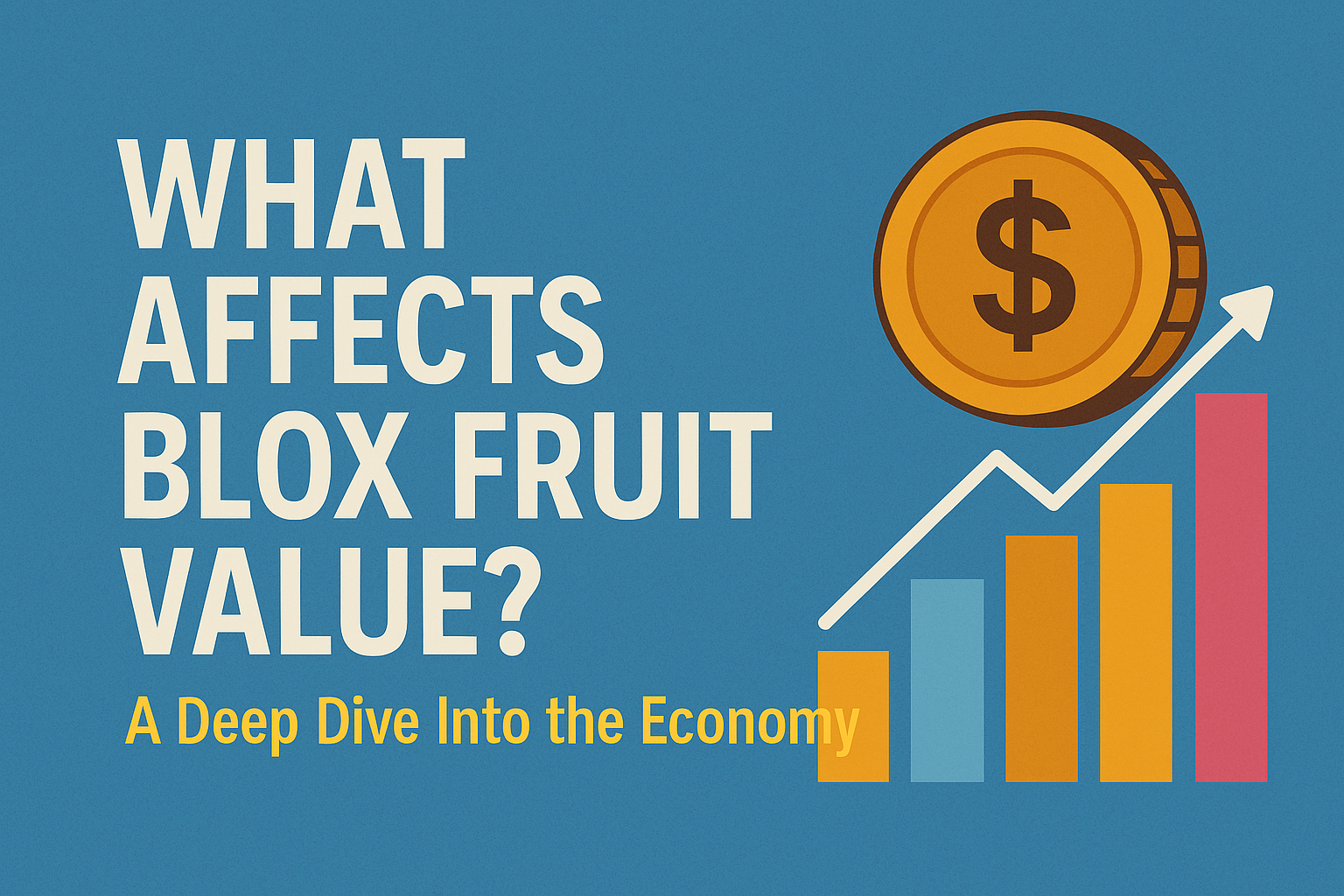Introduction
In the dynamic world of Blox Fruits, understanding the value of each fruit is critical if you want to succeed in trading or simply make the most of your in-game efforts. Fruit values aren’t static—they rise and fall based on a number of economic and gameplay factors. Just like a real market, the in-game economy of Blox Fruits is shaped by supply, demand, rarity, updates, and community trends.
If you’re aiming to master the trading system, anticipate market trends, or just avoid getting ripped off, this guide will walk you through the most important factors that affect Blox Fruit value.
1. Rarity and Spawn Rates
a. Natural Rarity
Some fruits spawn more frequently than others. The rarer the fruit, the more valuable it usually is. Fruits like Dragon, Leopard, and Spirit are much harder to find, making them top-tier in the trading economy.
b. Gamepass Influence
Players who own the Fruit Notifier have a competitive edge, but even they rely on spawn frequency. If a fruit barely shows up in hours of gameplay, its rarity drives up demand.
c. Spawn Location and Server Mechanics
Fruits spawn randomly across maps every hour and despawn in 20 minutes. If a fruit is rare and hard to locate, its value increases.
2. Demand and Utility in PvP & PvE
a. PvP Meta Influence
If a fruit performs well in PvP (player vs. player), players will be willing to offer more to obtain it. For example, Dough and Leopard fruits have been PvP favorites due to their speed and high damage output.
b. Boss Farming and Raids
Fruits that are efficient in raids or boss fights are highly desired. Dragon, for instance, is a beast in raids, making it more valuable to end-game players.
c. Combo Potential
Fruits that synergize well with swords or fighting styles often rise in popularity because of their combo potential. Players constantly look for optimized setups, pushing the demand for specific fruits.
3. Game Updates and Balance Changes
a. New Fruit Releases
When a new fruit is released, it’s typically overpowered and instantly spikes in value. Players scramble to trade for it, and its price can multiply within days.
b. Buffs and Nerfs
A fruit that gets buffed can suddenly rise in popularity and demand. Conversely, a nerfed fruit may drop in value overnight.
c. System Changes
Update changes like spawn logic, raid difficulty, or fruit awakening mechanics can also impact a fruit’s overall appeal.
Example: If an update makes Spirit Fruit easier to awaken, its value might increase due to its accessibility in PvE settings.
4. Limited-Time and Event Fruits
a. Holiday or Seasonal Drops
Fruits released during holidays (like Halloween or Christmas) are often exclusive or time-gated. These fruits become collector’s items.
b. Event Buffs
Sometimes fruits receive temporary buffs during events. Even if it’s short-term, it can drive up the value due to high immediate demand.
c. Scarcity After Events
Once the event ends, these fruits are no longer obtainable through regular means, significantly increasing their long-term value.
Pro Tip: If you can get your hands on a rare event fruit, consider holding onto it—its value will likely appreciate over time.
5. Community Trends and Hype
a. YouTube & Social Media Influence
A popular YouTuber showcasing a particular fruit can cause a spike in its perceived value, even if it hasn’t been updated. This hype-driven demand can make or break trading trends.
b. Discord and Forum Buzz
Join trading communities to monitor what players are currently seeking. If multiple users are requesting a fruit, it’s likely rising in value.
c. FOMO (Fear of Missing Out)
Limited-time opportunities or rumors of upcoming nerfs can cause players to panic buy or sell, shifting the fruit’s value quickly.
6. Fruit Awakening and Progression
a. Awakening Potential
Fruits that can be awakened typically carry higher value. Awakened forms often provide improved mobility, damage, and abilities.
b. Difficulty of Awakening
If a fruit requires hard-to-complete raids or rare resources to awaken, its awakened form becomes more elite and hence more valuable.
c. Strategy for Beginners vs. Veterans
Some fruits are ideal for early-game players but drop in value later. Others, like Dragon, are late-game powerhouses and maintain high value.
7. Trading Behavior and Market Psychology
a. Duplication and Hoarding
Players who hoard certain fruits create artificial scarcity. This can temporarily drive up the price of fruits like Shadow or Control.
b. Overpricing and Underpricing
Beginners often accept unfair trades, causing skewed market trends. Be sure to verify values before offering or accepting a trade.
c. Supply and Demand Loops
As more players obtain and trade a fruit, its rarity might decrease. Conversely, hard-to-trade fruits may become more desirable.
Conclusion
In Blox Fruits, value is more than just a number—it’s a dynamic reflection of gameplay mechanics, player behavior, and developer updates. By understanding what drives the economy, you can become a smarter trader and a wealthier player.
Stay active in the community, monitor patch notes, and pay attention to both hype and long-term trends. The more informed you are, the better your chances of making successful trades and maximizing the value of your inventory.
Whether you’re holding onto rare fruits, looking to build wealth through trades, or aiming to master PvP, knowing what affects fruit value is your ultimate advantage.

